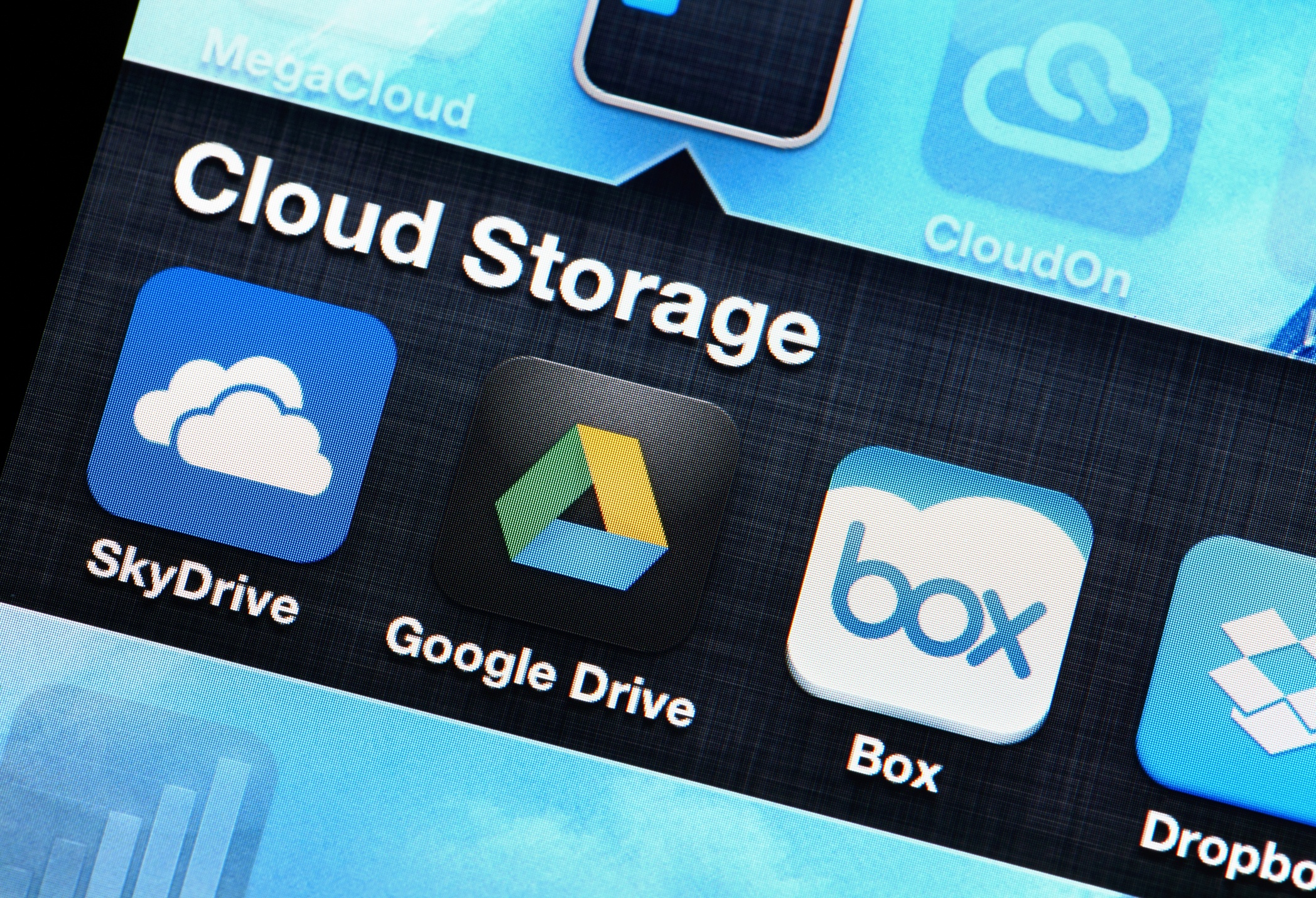Quickly Create Workplace Autonomy with These 3 Technologies


Workplace design, in both the physical and cultural sense, has a huge impact on the happiness and productivity of your workforce. According to research from the design and architectural firm Gensler, an optimal work environment can serve as the foundation for an effective workforce. 
Research also shows giving employees autonomy and the ability to choose when and how they work drive employee happiness, motivation and performance. And when you look at one of the fastest-growing sectors of the workforce, millennials, the need for autonomy is more than just a preference—it’s an expectation. This generation especially strives to work autonomously and independently.
But to fully support the autonomous workplace mindset, businesses need the appropriate technology stack to give employees the ability to actually work autonomously. Here are a few ways technology can support workplace autonomy and ownership.
 1. Workplace Management Software
1. Workplace Management Software
When it comes to workplace autonomy, employees seek flexible hours and the ability to work remotely — whether that’s from home or another remote location.
Integrated workplace management software (IWMS) makes this possible by giving team members the ability to easily communicate with IT and quickly and put in service requests. With office hoteling, they can reserve conference rooms or workstations when they do need to visit the office. IWMS also allows organizations to track assets so they can ensure on-site and off-site employees have the equipment they need — and IT knows where it is at all times.
2. On-Demand Video Conferencing
If you’ve ever had to set up a phone-based conference call, you know the process can be frustrating for all parties. You have to log in to a platform, dial in to a phone line with multiple conference codes and hope the call doesn’t drop.
With integrated on-demand video conferencing, the process becomes easier and more collaborative with a face-to-face connection. Plus it gives VPN-connected workers the ability to easily set up a video call quickly and from wherever they are working.
 3. SaaS-Based Project Management Software
3. SaaS-Based Project Management Software
When you have many people working on a project together, it’s impossible to collaborate efficiently with spreadsheets and ongoing meetings. Cloud-based project management software gives everyone involved ownership over the project and allows them to work within a single platform autonomously, therein allowing team members to contribute to the project faster and increase productivity.
Plus, project management tools drive collaboration by giving everyone access to the same information at the same time. At login, users can see what information has been added and updated, keeping everyone up to speed so the project can easily move forward.
With flexibility and autonomy as dominating factors in how people choose where to work, integrating these technologies can help your employees’ work independently and effectively, and drive your company forward.
Editor’s Note: This post was previously published on Inc.com and has been republished here with permission.
